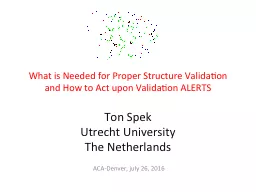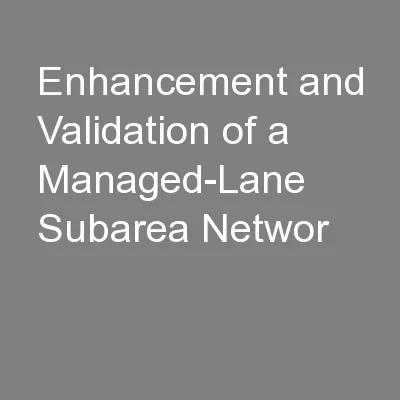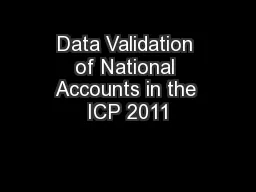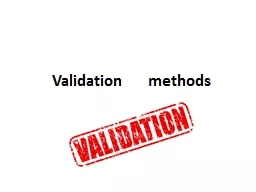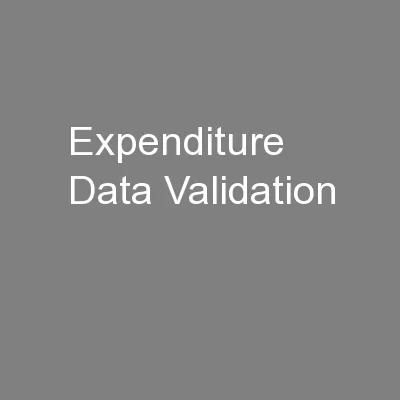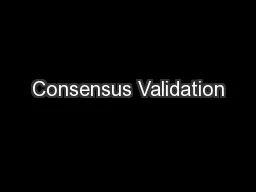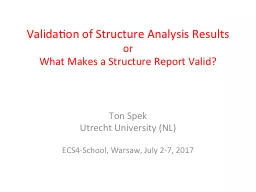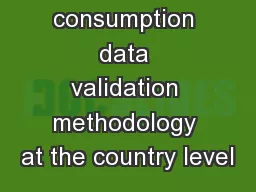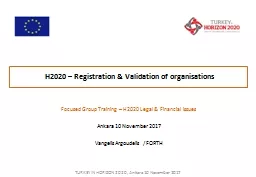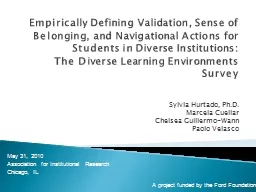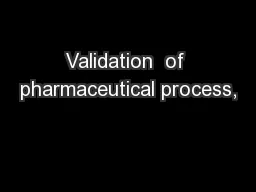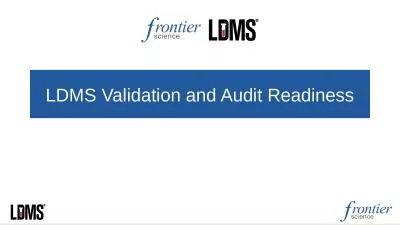PPT-What is Needed for Proper Structure Validation and How to A
Author : debby-jeon | Published Date : 2017-03-21
Ton Spek Utrecht University The Netherlands ACADenver july 26 2016 CIF was Introduced in 1991 The main target of many X ray studies is the 3D molecular
Presentation Embed Code
Download Presentation
Download Presentation The PPT/PDF document "What is Needed for Proper Structure Vali..." is the property of its rightful owner. Permission is granted to download and print the materials on this website for personal, non-commercial use only, and to display it on your personal computer provided you do not modify the materials and that you retain all copyright notices contained in the materials. By downloading content from our website, you accept the terms of this agreement.
What is Needed for Proper Structure Validation and How to A: Transcript
Download Rules Of Document
"What is Needed for Proper Structure Validation and How to A"The content belongs to its owner. You may download and print it for personal use, without modification, and keep all copyright notices. By downloading, you agree to these terms.
Related Documents

